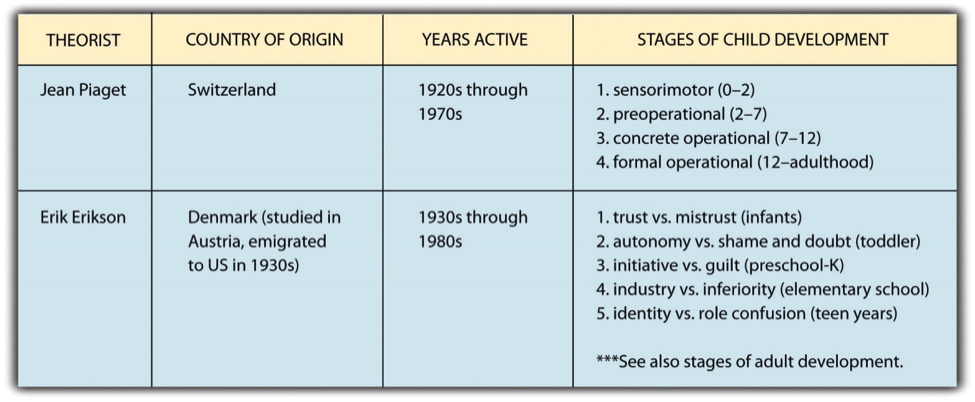Children and World War Two - History Learning Site.
World War II started in 1939 when Germany invaded Poland. Great Britain and France responded by declaring war on Germany. The war in Europe ended with Germany's surrender on May 7, 1945. The war in the Pacific ended when Japan surrendered on September 2, 1945.
The Games That Children Played In World War II During WW2 children played many different games. They played Hopscotch, Four Square, Jump Rope, Marbles, Red Rover Red Rover, Hide and Seek, Statues, Red Light Green Light. In the evening children did not have video games as they do.
World War 2 was the deadliest war in human history with around 70 million people killed. In their Key Stage 2 education, children will definitely learn about WW2 and whether you are planning history lessons for them or looking to reinforce their teaching at home, our resources will help to make planning for teaching history as easy as possible.
During WW2 children played many different games. The games varied from group games to individual games. Children played; Hopscotch, Four Square, Jump Rope, Marbles, Red Rover Red Rover, Hide and.
The Battle of Britain was an important battle in World War II. After Germany and Hitler had conquered most of Europe, including France, the only major country left to fight them was Great Britain. Germany wanted to invade Great Britain, but first they needed to destroy Great Britain's Royal Air Force. The Battle of Britain was when Germany.
A tank is an armoured combat vehicle, typically armed with a large cannon and a few machine guns. The first tanks were used by the British during World War I as a way of attacking enemy trenches.They were called tanks to trick the Germans into thinking they were water carriers for areas where water was hard to move or find in large amounts. A tank is covered in thick armour to protect it.
Children in wartime. Toggle text. During World War II, children from every country involved were as affected by the fighting as their parents. Their homes were bombed or burnt, their fathers were called up to fight, and their mothers went to work in factories or war industries. For some children in mainland Europe and eastern Asia, their countries were occupied by enemy soldiers or they were.








